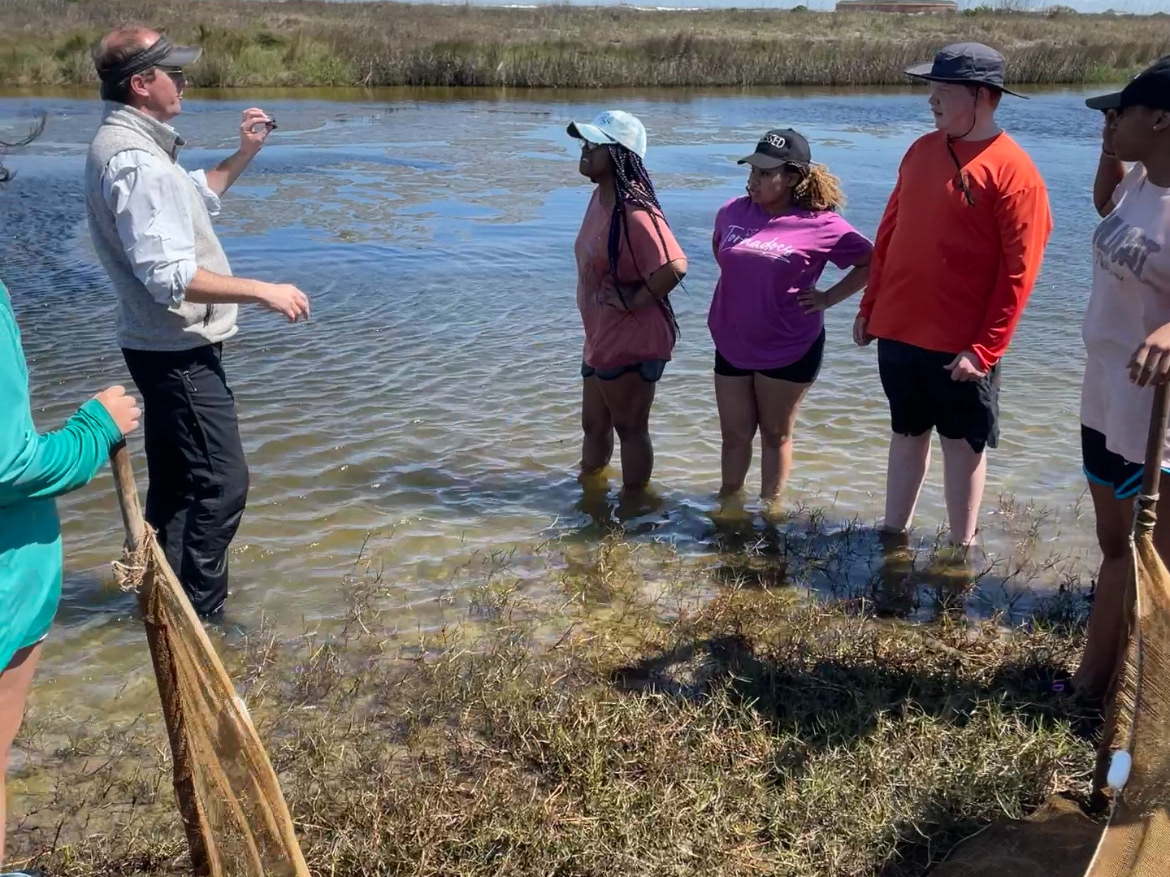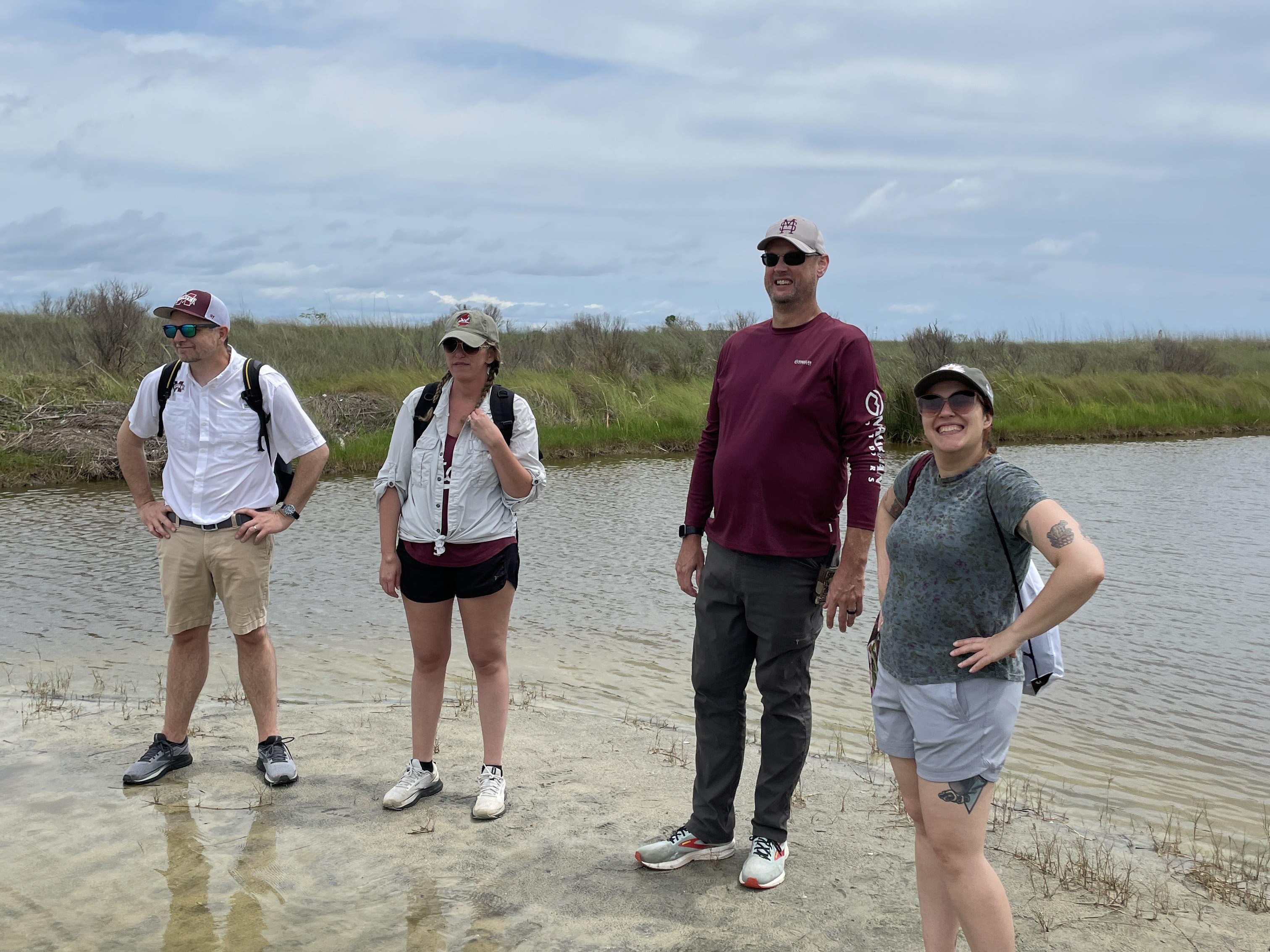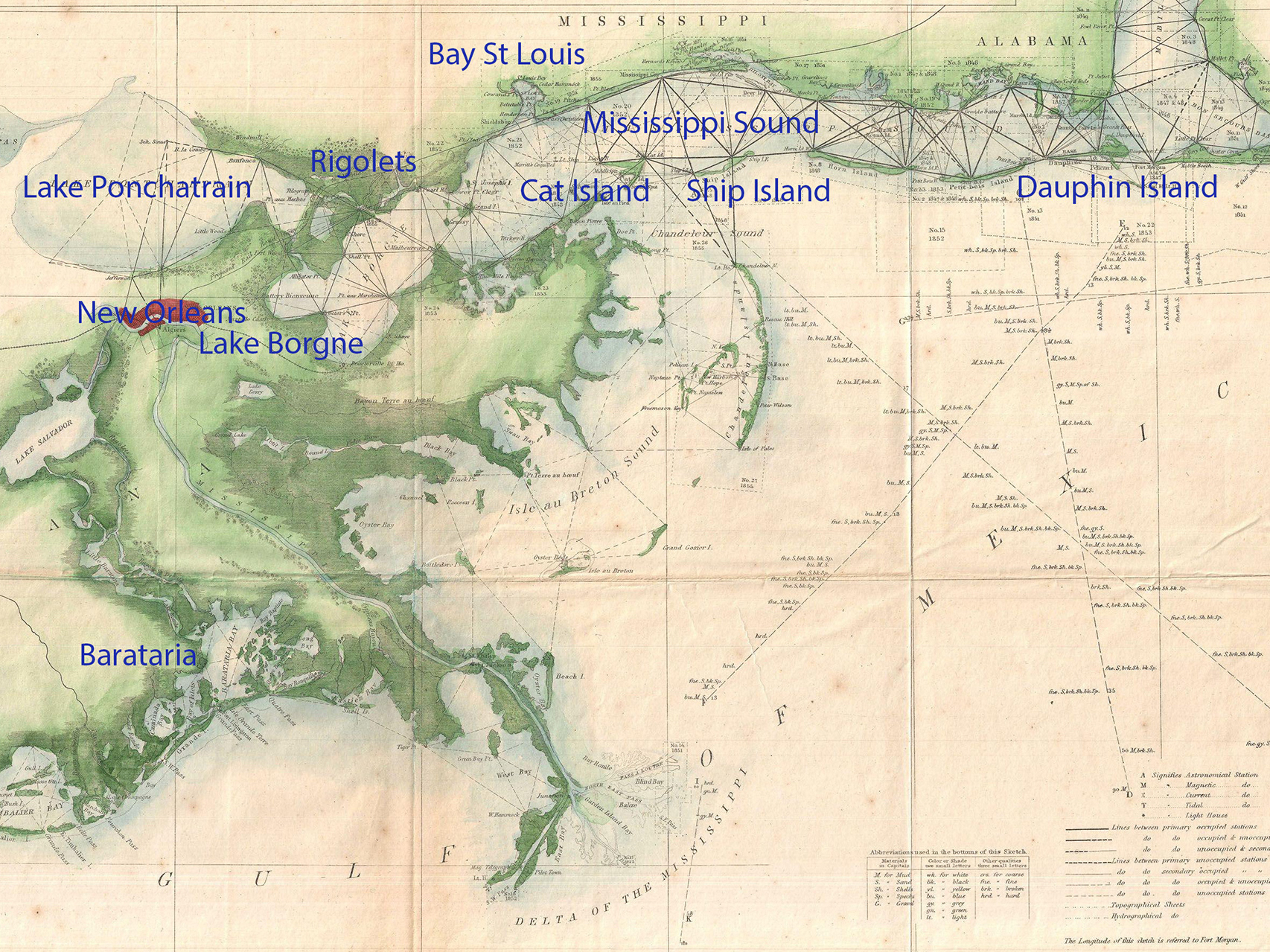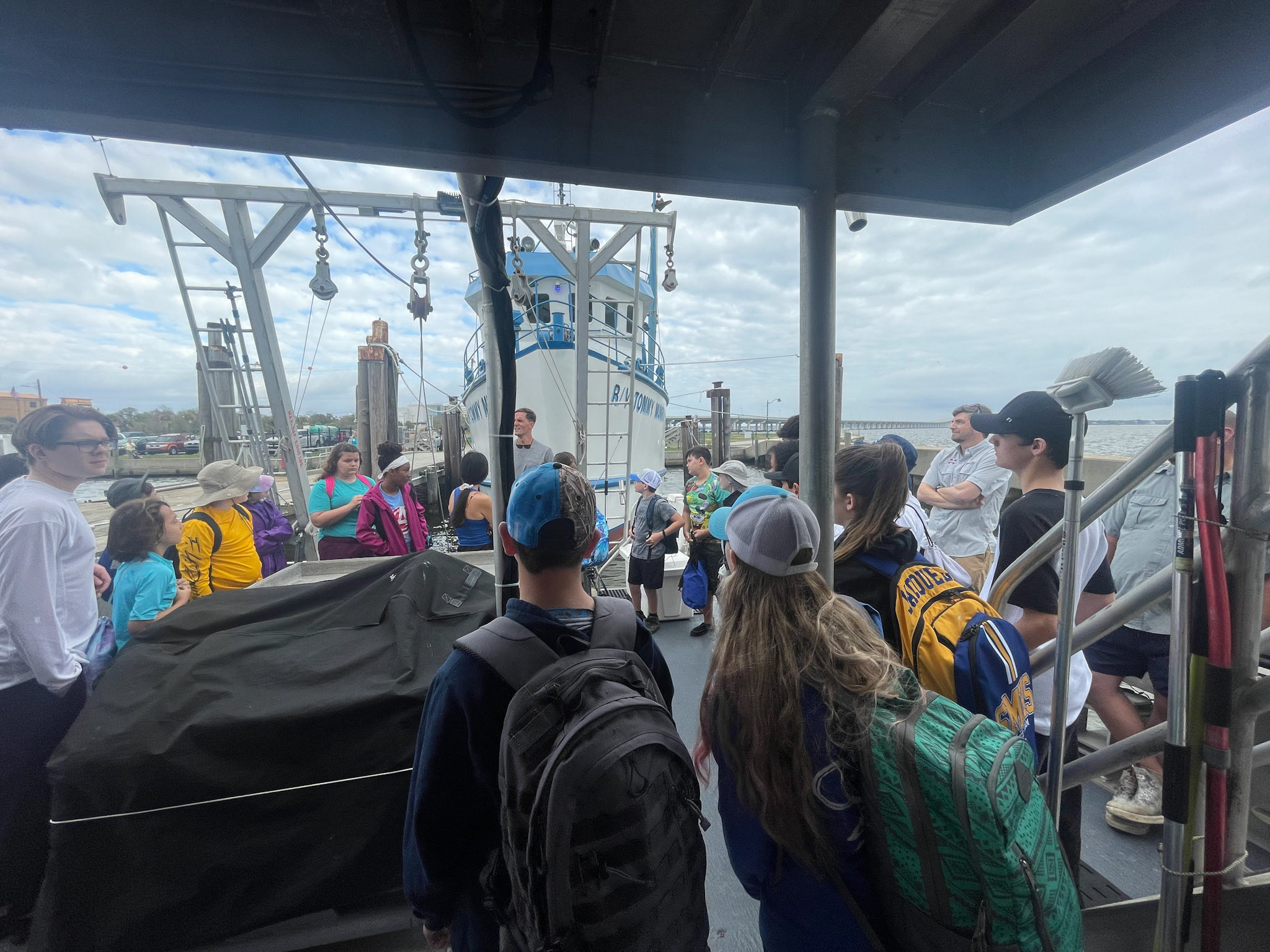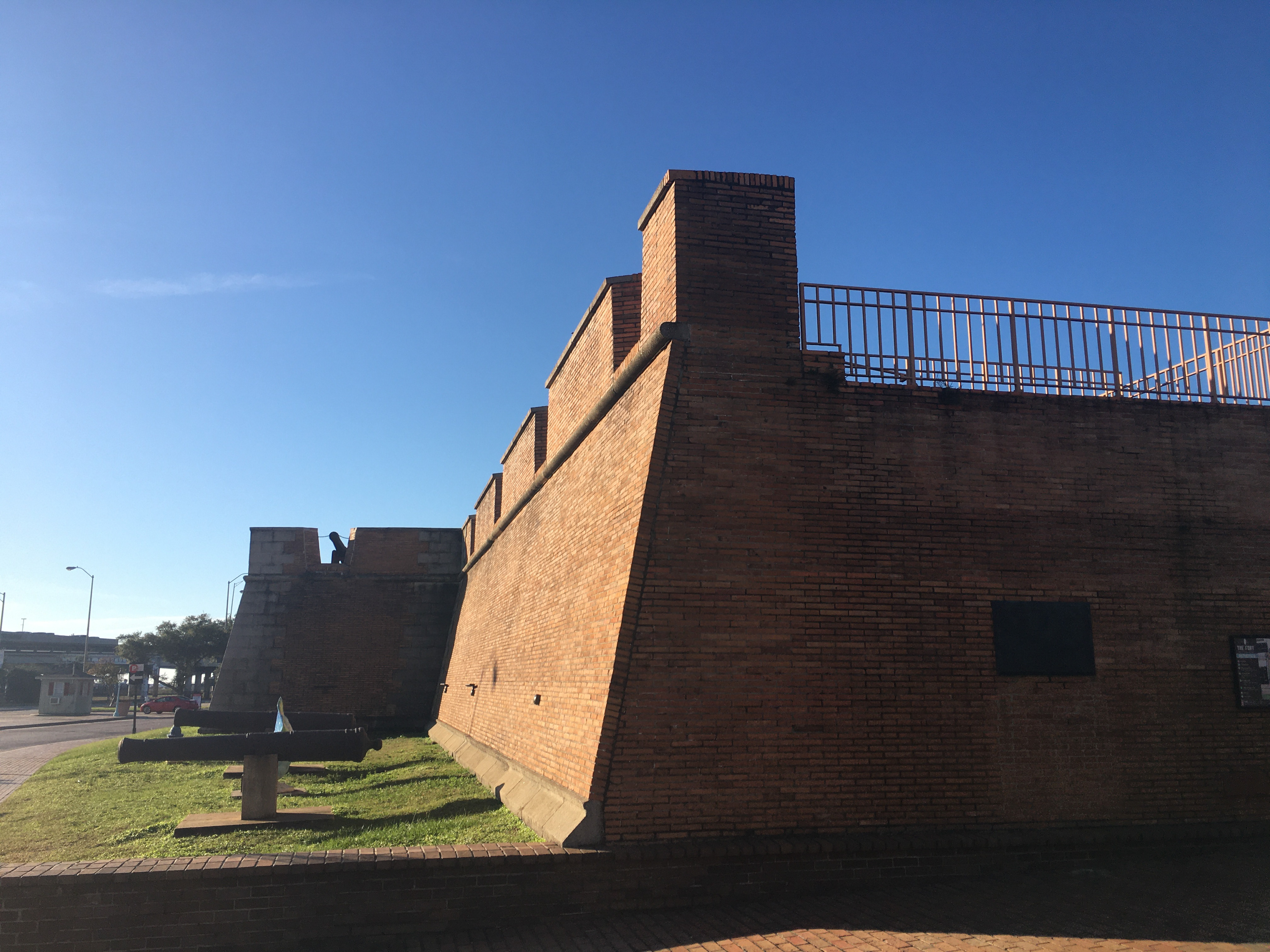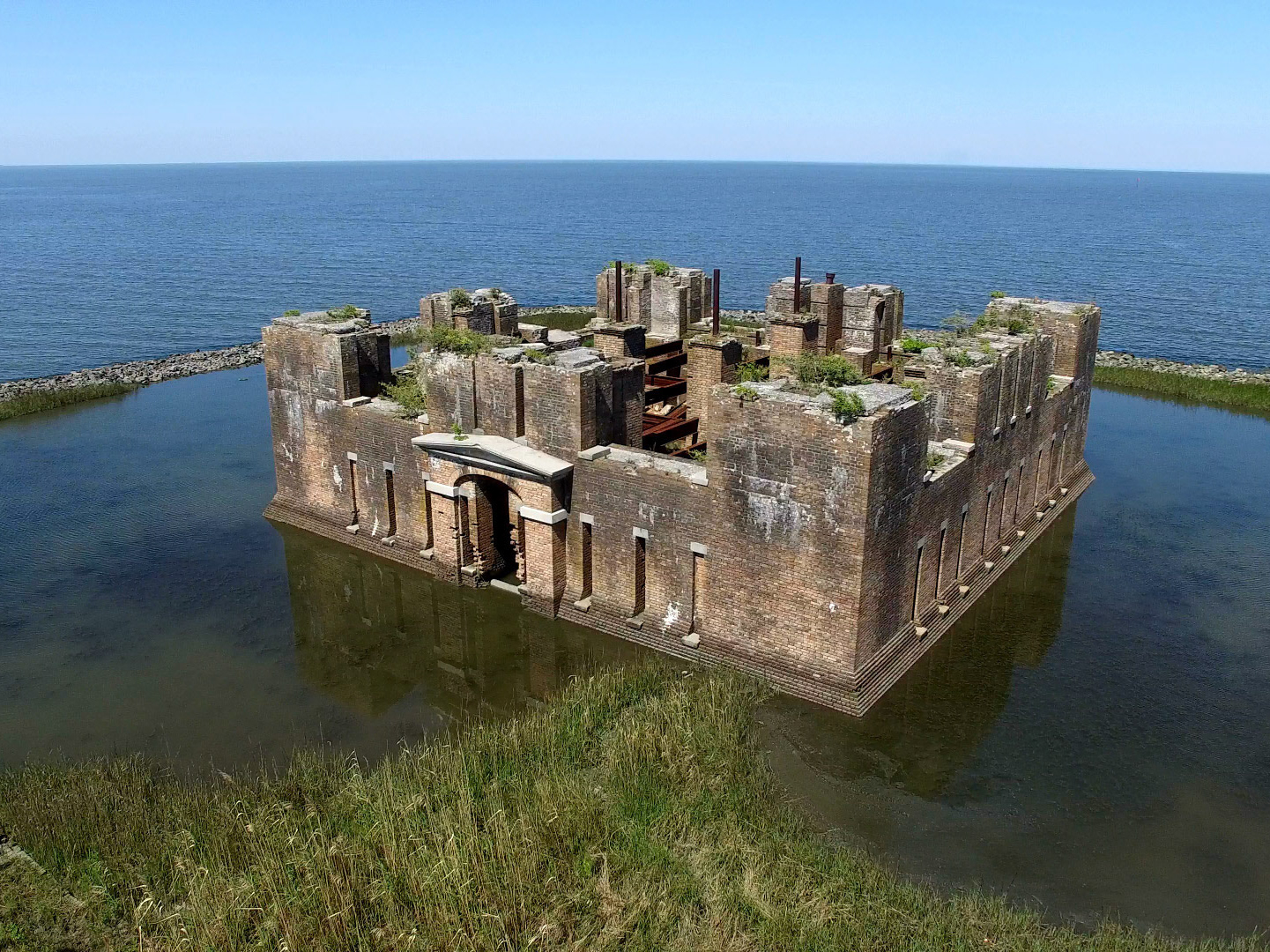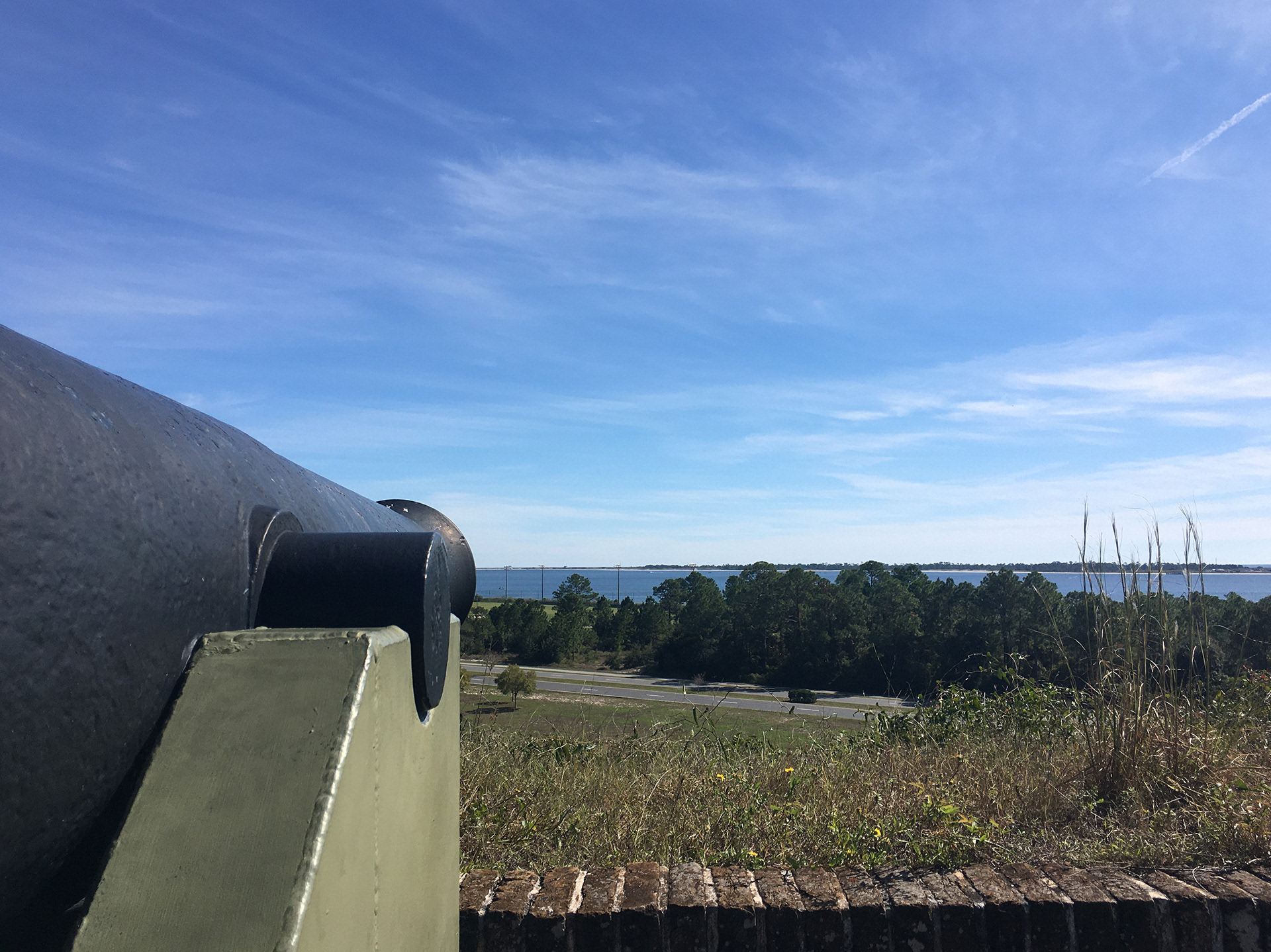Some interesting history concerning the Harris Family. We are typically known as scoundrels anyhow, but this certainly fits the narrative.
Charles Harris (1698-1723) was an English pirate active in the 1720s. He is best known for his association with George Lowther and Edward Low.
Pirate Flag of Low, Spriggs, Harris, and others
Harris flew the same “Jolly Roger” flag as Low and Spriggs. According to Captain Charles Johnson:
History
Harris was ship's mate and navigator aboard the logwood hauler Greyhound in January 1722 when it was seized by pirate George Lowther aboard the Happy Delivery between Honduras and Boston. The Greyhound’s captain Benjamin Edward fought Lowther for a time but eventually surrendered. In retaliation for their resistance the pirates killed many of the Greyhound’s crew; the remainder were forced aboard the Happy Delivery. Unlike most of the crew, Charles Harris willingly signed Lowther’s Articles to join his pirates.
Lowther soon gave Harris command of a small prize ship, while granting another captaincy (the brigantine Rebecca) to Lowther’s own lieutenant Edward Low. Harris and Low sailed in concert with Lowther for a time; Harris’s ship was lost at sea and he came aboard Low’s ship. When Low deserted Lowther in May 1722, Harris left with him, along with Lowther’s quartermaster Francis Spriggs. Harris was with Low and Low's new quartermaster John Russell in June 1722 when they forced Philip Ashton into service; Ashton would become a famous castaway when he escaped from Low a year later. In July 1722 near Nova Scotia Low captured an 80-ton schooner which he renamed Fancy. Low took command of the Fancy and scuttled the Rebecca.
Soon afterward they sailed for the Azores, where they captured a pink which Low took command of and renamed Rose Pink. While Low had the Rose Pink he gave command of the Fancy to Harris. Inexperience in careening led to the loss of the Rose Pink. Low took back the Fancy, sailing to Grenada and capturing a small ship named Squirrel then a French sloop renamed Ranger. Low gave the Squirrel to Francis Spriggs, who soon quarreled with Low and left the group. Low then gave the Ranger to Harris and they sailed for the Carolinas and up the American coast.
“After Spriggs was chosen as Captain (of the Squirrel), a black Ensign was made, which they called Jolly Roger, with the same Device that Captain Low carried, viz. a white Skeliton in the Middle of it, with a Dart in one Hand striking a bleeding Heart, and in the other, an Hour-Glass; when this was finished and hoisted, they fired all their Guns to salute their Captain and themselves, and then looked out for Prey.”
_____________________________________________________________________________
Off Delaware Bay on June 10, 1723 Low and Harris pursued a fleeing merchantman. The vessel turned out to be the British 20-gun Man-of-War “Greyhound” under Captain Peter Solgard. Low’s 70-man, 10-gun Fancy and Harris’ 50-man, 8-gun Ranger fought a lengthy running battle (the “Action of 10 June 1723”) against the man-of-war, which chased them down via sail and oar. When the Ranger became crippled, Low abandoned Harris and escaped. One desperate pirate tried to blow up the Ranger rather than risk capture but was stopped and committed suicide instead.
Harris and the survivors from Ranger were taken to stand trial in Newport, Rhode Island. Most were found guilty; amid a public spectacle, Harris and over 25 others were hanged July 19, 1723 after a lengthy sermon from Cotton Mather. To this day it remains the largest mass execution in Rhode Island history. Low, already notorious for his cruelty, was said to have become even more so after Harris' capture.
References
Fox, E. T. (2015). Jolly Rogers, the True History of Pirate Flags. New York: Lulu.com. p. 49. ISBN 9781326448172. Retrieved 28 August, 2020.
Humanity, History of. "Infamous Pirates | Charles Harris". www.goldenageofpiracy.org. Retrieved 28 August, 2020.
Flemming, Gregory N. (2014). At the Point of a Cutlass: The Pirate Capture, Bold Escape, and Lonely Exile of Philip Ashton. Lebanon NH: ForeEdge. ISBN 9781611685626. Retrieved 28 August, 2020.
"The Pirate's Realm". Retrieved 28 August, 2020.
"twenty-six-pirates-hanged-at-newport". smallstatebighistory.com. Retrieved 28 August, 2020.
Gosse, Philip (1924). The Project Gutenberg eBook of The Pirates' Who's Who, by Philip Gosse. New York: Burt Franklin. p. 198. Retrieved 28 August, 2020.
"The Day Rhode Island Hanged 24 Pirates - New England Historical Society". www.newenglandhistoricalsociety.com. Retrieved 28 August, 2020.
Little, Benerson (2010). Pirate Hunting: The Fight Against Pirates, Privateers, and Sea Raiders from Antiquity to the Present. Washington DC: Potomac Books, Inc. ISBN 9781597975889. Retrieved 13 June 2017.
Reilly-McGreen, M. E. (2011). Revolutionaries, Rebels and Rogues of Rhode Island. Charleston: Arcadia Publishing. ISBN 9781614238430. Retrieved 28 August, 2020.
"Quahog.org: The Gravelly Point Pirates". quahog.org. Retrieved 28 August, 2020.
"CABINET // The Generation of the Jolly Roger". www.cabinetmagazine.org. Retrieved 28 Augus,t 2020.
Little, Benerson (2016). The Golden Age of Piracy: The Truth Behind Pirate Myths. New York: Skyhorse Publishing, Inc. ISBN 9781510713048. Retrieved 28 August, 2020
“Tryals of thirty-six persons for piracy, twenty-eight of them upon full evidence were found guilty, and the rest acquitted. At a Court of Admiralty for tryal of pirates, held at Newport within His Majesties Colony of Rhode-island and Providence-Plantations in America, on the tenth, eleventh and twelfth days of July, anno Dom. 1723. -
Transcript of the trial of Harris and his remaining crew.”
—from the "New England Courant", 1723.
